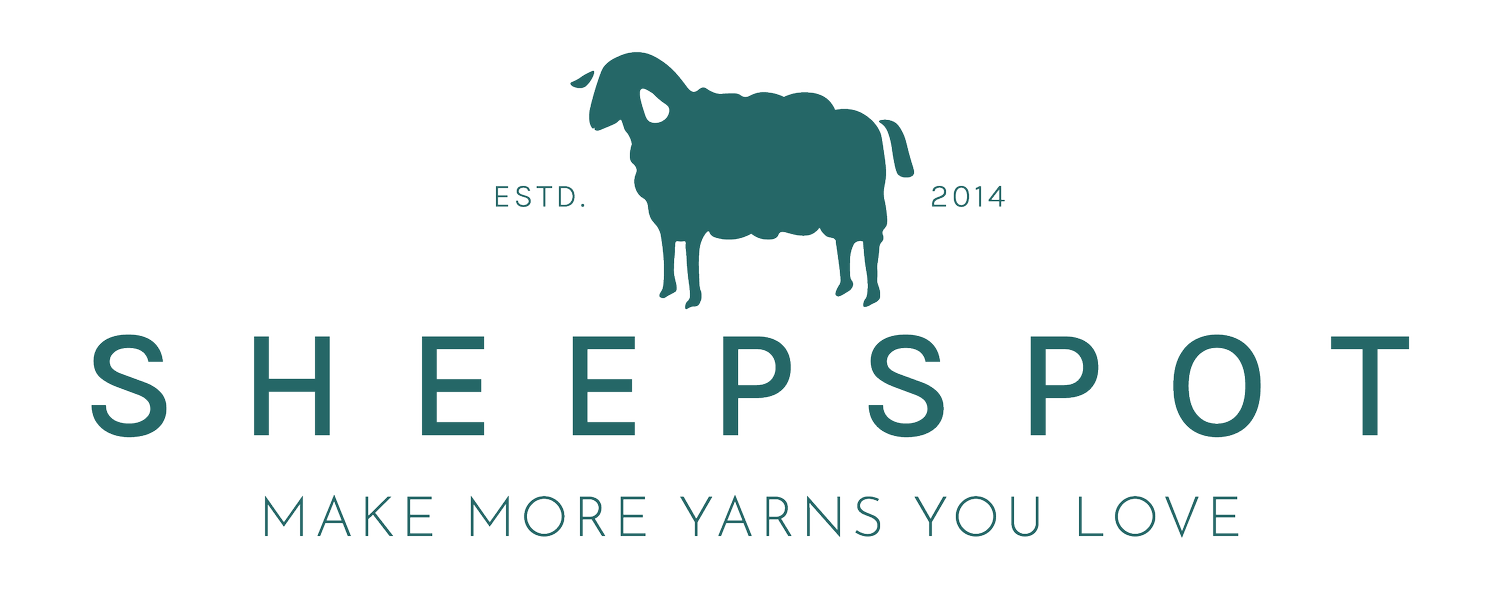Color theory 101: hue
If you've been knitting or spinning for any length of time, chances are you've come across a few color theory terms such as hue, value, and saturation. These words can be intimidating if you don't know what they mean, but they come in handy when you're talking to other fiber artists, and when you're trying to choose colors for your next project.
Over the next few weeks, I'm going to share the basics of color theory with you. This will help you learn to recognize what makes some color combinations work well (and others not so much).
First up: hue. And the good news is you already know what hue is... it's color. Hue refers to one of the colors on the color wheel: a primary, secondary, or tertiary color. Remember primary colors? Red, blue and yellow are the most basic hues. Mix them and you get secondary colors: purple, green, and orange. When you mix a secondary color with a primary color, you get a tertiary color, like one of my favorite blue-greens.
View over Barcelona (modified) by robin robokow
Think of hues as the basic, brightest building blocks of all the different colors you find in yarn and in everyday life. Most of the colors you see are actually tints or shades of hues. More on those next week!
If you'd like information like this, along with sneak peeks at upcoming yarns and fibers, delivered right to your inbox each week, sign up here to get my newsletter! You can also opt-in to get my e-course on choosing and using breed-specific wools as a special thank you!

